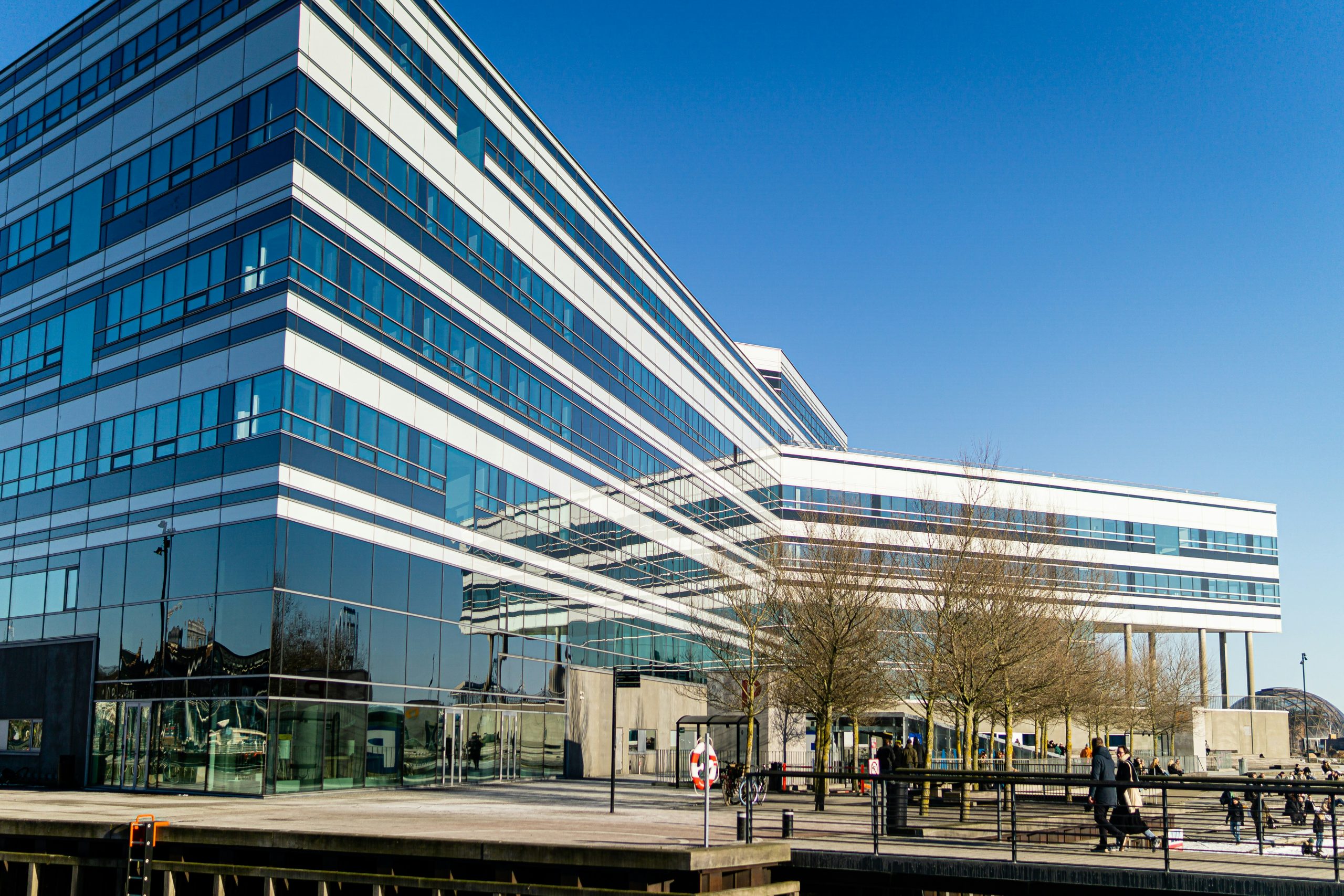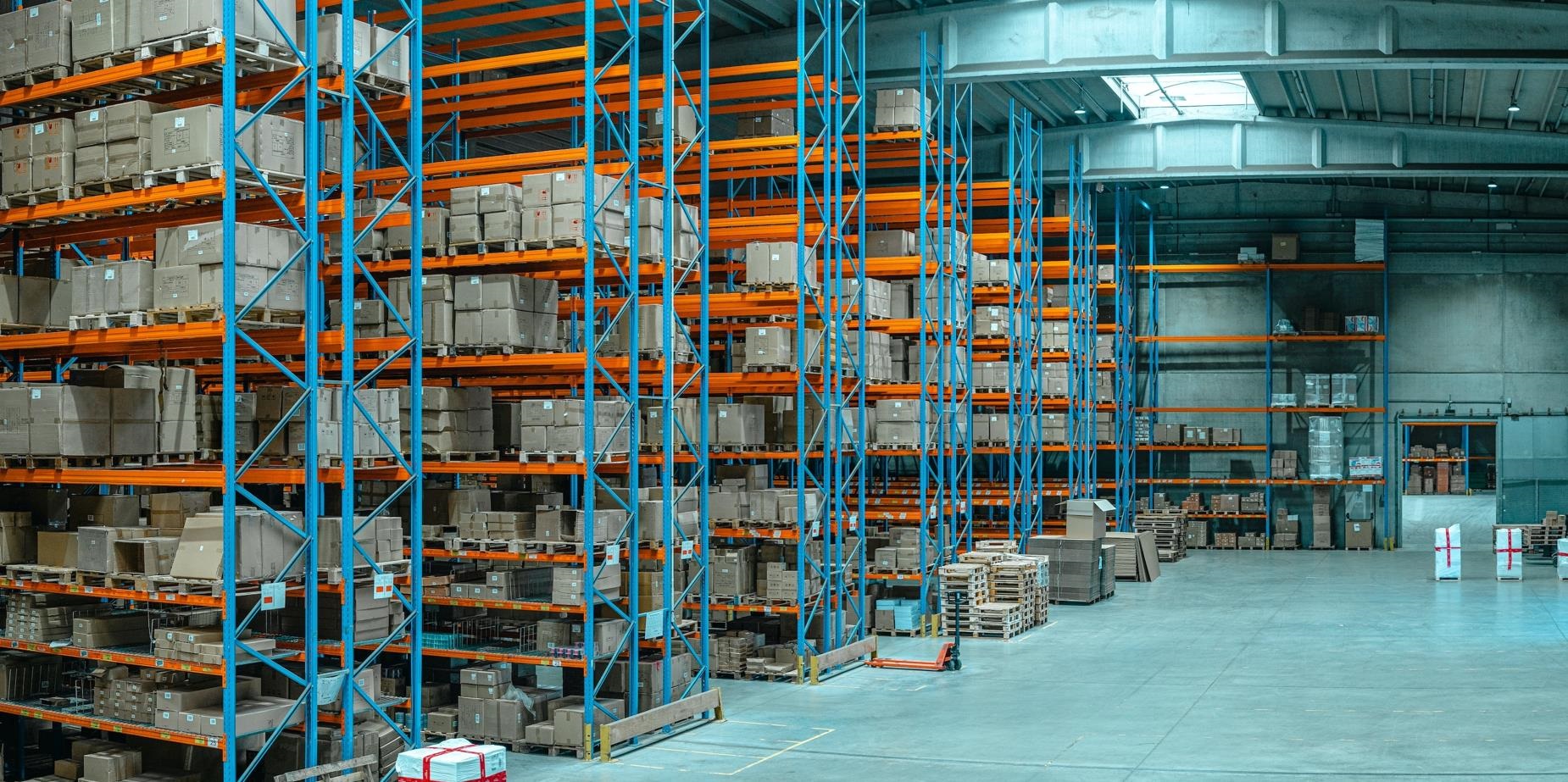Hard facility management is the practice of managing and sustaining an organisation’s physical assets and essential systems, such as buildings, machinery, and equipment. Business operations, maintenance, regulatory obligations and protecting the security of resources and workers are all included in this definition.
Facility management in this context encompasses the necessary actions for operating buildings and preserving various assets. Whether the building is considered an asset or not, this discussion encompasses a broad spectrum of assets, including fixed assets like machinery and equipment, as well as IT technology and interior fit-outs.

Management of facilities seeks to keep an organisation’s assets in safe working order and use them effectively while simultaneously reducing expenditures. Organisations may maximise the performance and value of their assets throughout their full life cycles with the aid of effective facilities management software.
The categorisation of a facility’s assets can be approached in multiple ways. In small businesses, assets are often classified based on their cost relative to the budget, with anything exceeding a specific dollar threshold being designated as an asset. However, in medium-large organisations, this approach is often modified to encompass
investments across the asset’s entire life cycle, including any substantial, long-term commitments.
Facility Management Industry Is Growing Rapidly
The facility management industry is growing rapidly, and the pandemic made health and safety a top priority for facilities managers. The evolving landscape of technology, the rise of sustainability-driven green initiatives, and various other trends are reshaping the approach of facility management teams in how they conduct operations
and address daily challenges.
Facility managers are a crucial part of every organisation because they ensure that the places where we work and the equipment we use, are safe, comfortable, sustainable, and efficient.
Facility managers play a pivotal role in shaping an organisation’s strategy and financial performance through a range of avenues:
- Enhancing Operational Efficiencies:
They work to streamline operations and optimise resource utilisation. - Strategic Infrastructure Planning:
They orchestrate the planning and provision of infrastructure to boost productivity. - Risk Management:
This includes safeguarding against various risks, be it related to facilities, employees, suppliers, or the company’s reputation. - Environmental Responsibility:
Facility managers actively work to minimise and alleviate the environmental footprint, fostering sustainable practices for long-term cost-effectiveness. - Sustainable Cost Management:
They promote sustainable cost management strategies for the organisation’s sustained financial health. - Harnessing Technology:
Facility managers leverage technological solutions to enhance operations and achieve cost efficiencies. - Disaster Preparedness:
They take steps to mitigate and address the effects of natural disasters to ensure business continuity. - Regulatory Compliance:
Facility managers ensure that the organisation complies with relevant regulations and standards. - Security Enhancement:
They play a key role in bolstering security measures to protect assets and personnel.
How Do You Manage Facility Costs Effectively?
Facilities must cater to the needs of the individuals who work within them. Managing these facility assets involves a diverse array of items from top-tier photocopy machines, rooftop HVAC units, to valuable IT hardware. It falls upon facilities managers to monitor, supervise, and maintain these assets as needed, with a well-
planned strategy to ensure they consistently and effectively serve the people who depend on them.
There are several ways to effectively manage facility costs:
- Conduct regular audits and assessments of the facility to identify areas where costs can be reduced, such as energy and water usage, waste management, and maintenance expenses.
- Implement a preventive maintenance program to reduce the need for costly repairs and replacements.
- Use energy-efficient technologies and practices, such as LED lighting and HVAC systems with programmable thermostats.
- Outsource non-core functions to specialised service providers to reduce labour costs and improve efficiency.
- Use facility asset management systems to track and analyse costs, identify trends, and make informed decisions about budgeting and resource allocation.
- Negotiate contracts with vendors and suppliers to secure better pricing and terms.
- Encourage employee engagement through participation and collaboration to reduce costs, increase productivity and create a better working environment.
- Monitor and control the facility’s budget, to adjust as needed and keep costs under control.
- Communicate and collaborate with other teams and departments (such as maintenance and resource teams) to ensure that everyone is aware of the facility’s budget and how it impacts their work.
- Finally, make sure your software solution allows you to work onsite via your mobile phone or tablet, and log in from home.
Conclusion
Workplaces are changing, operating infrastructure, keeping assets and equipment running, connecting personnel, and ensuring your environment is safe, whilst reducing costs and increasing profits becomes a challenging task to accomplish. With facilities asset management software, teams can collaborate more effectively with other
departments in terms of maintenance practices and protocols. You can connect with other members across departments, saving time and getting things done more efficiently. Another important aspect is auditing your assets to report an accurate picture of where assets are truly located.



